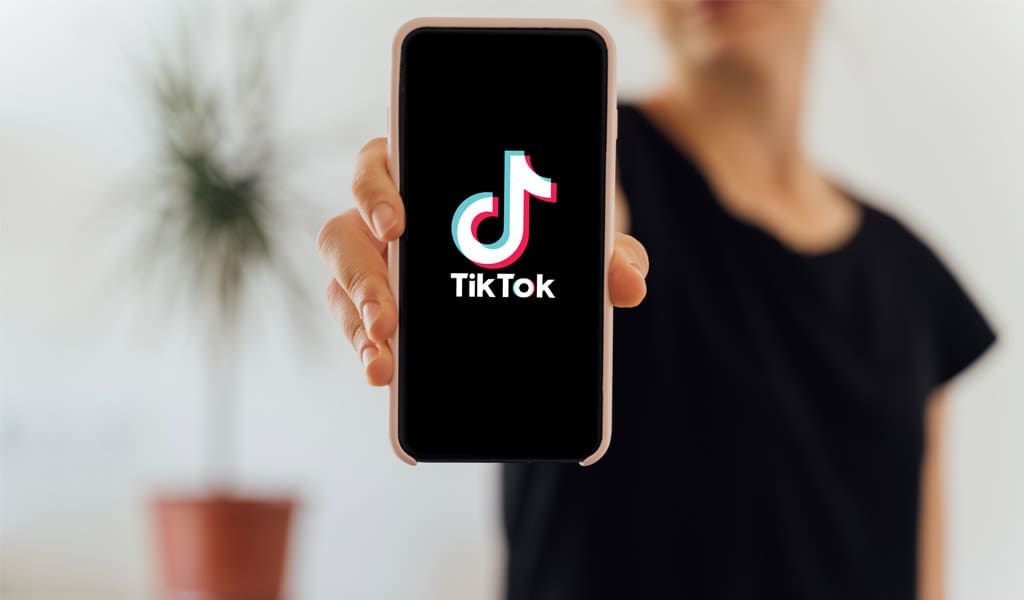Introduction
Instagram like any other social media platform, is becoming competitive by the day. Thousands of ad campaigns exist on Instagram, vying for users’ attention. Amidst all this, how to ensure that your ad campaigns increase or improve the conversion rate?
This following write-up focuses just the same. Read on to know more!
What is ads Campaigns’ Conversion rate?
On Instagram, the conversion rate is calculated by dividing the new followers by the users visiting your profile during a particular time period.
Instagram produces one of the highest engagements and conversions. Instagram ads is an incredible social media platform. Once you get a hang of increasing the conversion rate, you will capture the users’ attention.
Some Stats
Numerically speaking, there are over 500 million users on Instagram. Over 25 million businesses have their ad profile here. Statistics also reveal that over 200 million users visit a minimum of one instagram business profile a day. Plus, over 75% of users visit the concerned website after looking at the brand’s Insta post.
These numbers reveal that users are highly engaged on Instagram. This proves that ad campaigns have a huge opportunity at hand provided they do it right.
13 Ways to Improve Instagram Ads Campaigns Conversion Rate
Instagram has one of the highest users in the world of social media. More users mean more user engagement. How do we use this to our advantage? The following strategies will help you-
1. Appealing ads
Make more appealing ads to the extent that you touch the nerve of the audience. There are tons of products and services similar to yours. So, you appeal in a way that the user is compelled to visit the concerned website. For example, your ad campaign is about installing an energy monitor. Instead of saying, “Install an energy monitor in your house.” You say, “Reduce your energy bill by installing an energy monitor.” Convert by convincing that as a user, they must have these items.
2.Capture the users’ interest
how will you do that? The content of your ad should be such that you identify with the users’ interests. For example, you sell a beauty product and need maximum user conversion. Create a unique ad that showcases your interest same as the audience.
3.Subdivide the audience
depending on the product or service, divide your audience and create different ad campaigns. One bill fits all policy won’t lead to better conversion. For example, if you run a law firm, create separate ads to target different sections of the audience. Do ensure that you touch the nerve of the target audience effectively.
4.Storytelling
this art never gets outdated. Create and tell a story through the ad. Most people connect; emotionally when they see common people going through similar issues. For example, if you have a hair loss product, create a campaign telling the story in a structured manner. Tell the problem, the solution, and success visually. This strategy guarantees higher conversions.
5.Use friendly CTAs
all social media ad campaigns have a CTA button. What makes the difference is how you design this in your ad. A ‘Learn More’ CTA sounds more friendly and appealing to the audience. A curious user will hit the button to learn more about the brand, thereby improving the conversion rate.
6.Visual appeal
anything that the eye sees remains longer in the memory. Use more videos in the ads and add captions too. By adding captions, you not only target the audiences suffering from hearing disabilities but also the ones who wish to keep the volume at a minimum or on mute. The sound option in the ads is by default set on mute. So, the visuals do all the trick in your ad.
7.Share user-generated content
when your followers directly or indirectly post about your brand they are endorsing it for you. In a way, they vouch for you. It is like an ad campaign. You can leverage this to your advantage and improve the conversion rate.
8.Experiment around
there are different ad formats on Instagram. Carousel ads stand out and are best to sell a product because you can incorporate both images and videos. Story ads help build a brand and create brand awareness. Landscape and portrait image formats help create such ads that catch the attention of a user. Experiment a bit and see which format works best for you.
9.Instagram Carousel
why we are discussing this Instagram feature separately is because it has the power to unleash amazing content for you. With this feature, you can share relevant photos without bombarding the feed with promotional content. Plus, you can attach several videos in one post. It’s an awesome way to promote your brand and, in turn, increase the conversion rate.
10.Respond to comments immediately
some users might have a few questions before they hit the CTA button. They may prefer to leave a comment to get more details. You need to respond to their query asap. This is where a social media management company can help you. They can respond on your behalf and satisfy the query of a potential customer.
11.Highlight your customers
a great strategy to improve ad campaign conversion rate is to showcase your healthy relationship with existing customers. Use the potential of your customers to forge new relationships. People feel reassured when they see common people connected with a brand. Don’t forget to highlight this in your ad campaign.
12.Using Hashtags and keywords
make use of correct keywords and hashtags. This will allow you to connect with people who aren’t your followers. Searching through a keyword allows a user to land at your brand post and connect.
13.Measure your success correctly
a basic indicator of measuring the success of ad campaigns is the increase in the number of followers and the likes you get. But this doesn’t divulge the full picture. A clear indicator of success is when you receive genuine comments from interested users on the brand post. Plus, you have new followers willingly showing interest in your brand or service.
Mistakes to avoid
While Instagram is a great platform to showcase your brand, there are certain errors you need to avoid. Firstly, do not create an ad that looks like spam. People tend to stay clear of it. Secondly, show the product being used in your ad. This way, a consumer feels more connected. Lastly, don’t just ask your viewers to buy your product. Ensure you mention why they need your product. This tactic goes a long way in improving the conversion rate.
Concluding words
Don’t feel intimidated by the list above. Instagram is a user-friendly social media platform that allows any business to run a successful ad campaign. By following the strategies mentioned above, one can improve their Instagram ads campaign conversion rate. If, however, you feel that you aren’t able to get around it or lack the required resources it’s best to employ the services of a third-party social media management company.
Editorial note: This article is contributed by Dean Braiden
At Seek Social Dean Braiden is one of our two directors, and the leader of our marketing team. Dean can provide all the digital marketing insight your business will need, and if you choose to take advantage of data science support from Seek Social Dean and his expertise will again have a big role to play.





